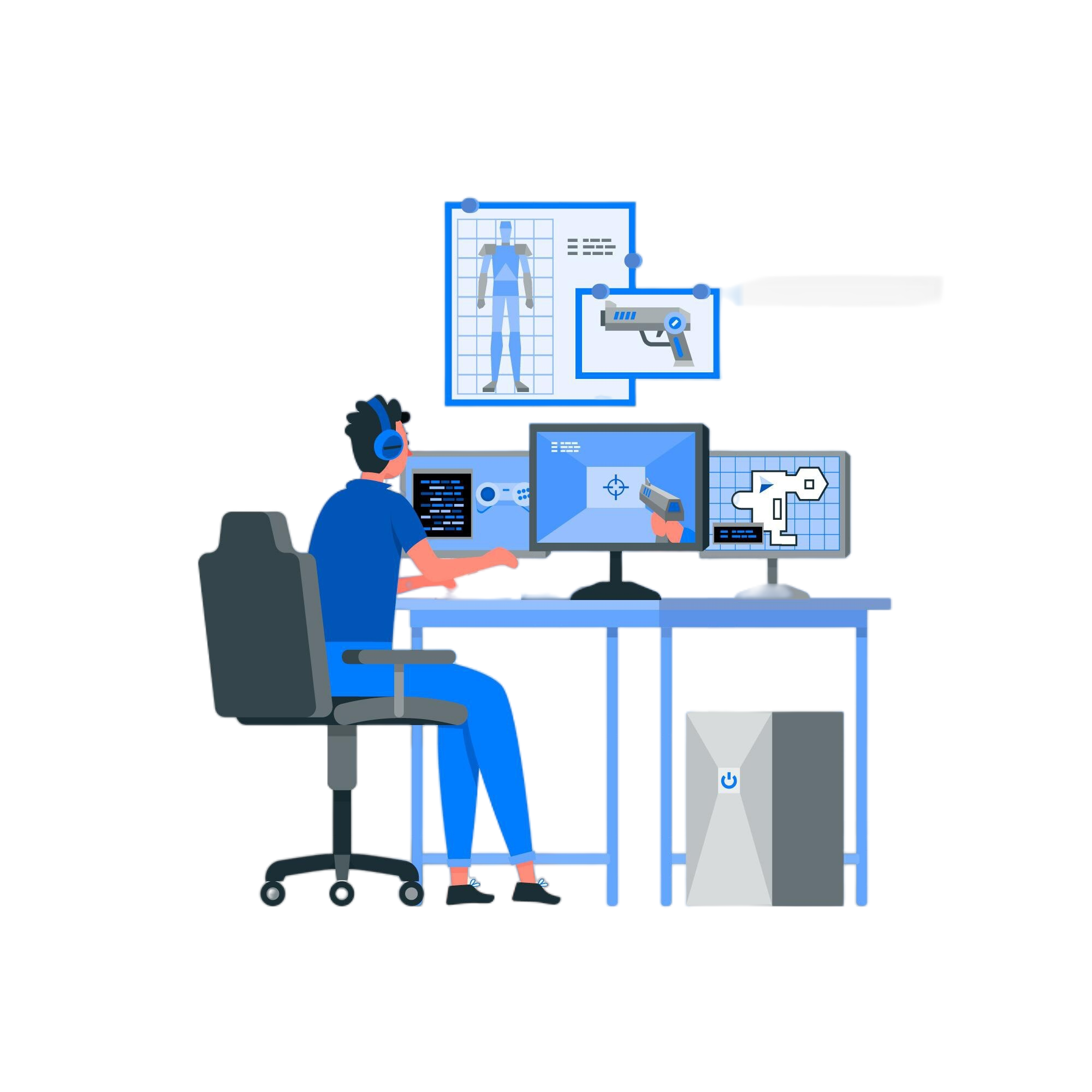A Comprehensive Guide to Surface Modeling in SolidWorks

Surface modeling in SolidWorks is a crucial technique for creating complex geometries that are difficult to achieve with solid modeling alone. This guide delves into various surface modeling tools and methods available in SolidWorks, illustrating their practical applications and providing detailed instructions for users to master surface modeling.
Introduction to Surface Modeling
Surface modeling involves creating a planar or non-planar geometry of zero thickness, known as a surface. These surfaces are typically used to model complex shapes and can be converted into solid models when required. Surface modeling is essential when dealing with intricate features that solid modeling cannot easily handle. Despite the dominance of solid modeling in creating real-world components, surface modeling offers the flexibility needed for complex surface manipulation before converting the surface model into a solid model.
Accessing Surface Modeling Tools
Surface modeling in SolidWorks is conducted in the Part mode, where tools are available in the Surfaces toolbar. This toolbar must be activated by choosing View > Toolbars > Surfaces from the menu bar. Additionally, surface modeling options can be accessed via Insert > Surface from the menu bar.
Creating an Extruded Surface
The Extruded Surface tool allows users to extrude a closed or open sketch to create an extruded surface. After sketching the desired geometry, use the Extruded Surface button from the Surfaces toolbar. The Surface-Extrude PropertyManager appears, displaying a preview of the extruded surface. Adjust the extrusion depth dynamically using the drag handle in the drawing area and set the feature termination options available in the End Condition drop-down list.
- Toolbar: Surfaces > Extruded Surface
- Menu: Insert > Surface > Extrude
Creating a Revolved Surface
A revolved surface is created by revolving a closed or open sketch along a centerline. This process is akin to creating a revolved solid feature. After sketching the desired geometry and centerline, choose the Revolved Surface button from the Surfaces toolbar. The Surface-Revolve PropertyManager will be displayed, along with a preview of the revolved surface.
- Toolbar: Surfaces > Revolved Surface
- Menu: Insert > Surface > Revolve
Creating a Swept Surface
The Swept Surface tool allows users to sweep a closed or open profile along a closed or open path. After sketching the profile and path, select the Swept Surface button from the Surfaces toolbar. In the Surface-Sweep PropertyManager, select the sweep profile and path. The preview of the sweep feature will be displayed, allowing further adjustments.
- Toolbar: Surfaces > Swept Surface
- Menu: Insert > Surface > Sweep
Creating a Lofted Surface
A lofted surface is created by lofting two or more sections. To create a lofted surface, use the Lofted Surface button from the Surfaces toolbar. In the Surface-Loft PropertyManager, select the profiles to be lofted. Options for creating a lofted surface are similar to those used for solid lofted features.
- Toolbar: Surfaces > Lofted Surface
- Menu: Insert > Surface > Loft
Creating a Planar Surface
A planar surface is used to fill gaps between surfaces with a planar patch. Select the Planar Surface button from the Surfaces toolbar or Insert > Surface > Planar from the menu bar. In the Planar Surface PropertyManager, select the bounding entities, which can be sketches, edges, or curves.
- Toolbar: Surfaces > Planar Surface
- Menu: Insert > Surface > Planar
Creating a Fill Surface
The Filled Surface tool is used to create a surface patch along multiple sides, utilizing edges of the existing model, 2D or 3D sketches, or curves. Select the Filled Surface button from the Surfaces toolbar. In the Fill Surface PropertyManager, choose the bounding entities and set the options.
- Toolbar: Surfaces > Filled Surface
- Menu: Insert > Surface > Fill
Advanced Surface Manipulation Techniques
Trimming and Untrimming Surfaces
Surface trimming allows for precise modification of surfaces by removing unwanted portions. Conversely, untrimming restores previously trimmed surfaces. These operations are essential for refining surface models to meet specific design requirements.
Offsetting Surfaces
The Offset Surface tool creates a parallel surface at a specified distance from the original. This tool is useful for creating uniform thickness or clearance between surfaces.
Knitting Surfaces
The Knit Surface tool combines multiple adjacent surfaces into a single, seamless surface. This is particularly useful when working with complex models that require a unified surface for further operations.
Extending Surfaces
The Extend Surface tool allows users to lengthen a surface to meet design needs. This tool is useful for closing gaps between surfaces or extending surfaces to intersect with other geometry.
Practical Applications and Case Studies
To illustrate the practical applications of surface modeling, consider the following case studies:
- Automotive Body Design: Surface modeling is extensively used in designing car bodies, where complex curves and surfaces are paramount for aesthetics and aerodynamics.
- Aerospace Components: Aircraft components often require intricate surface designs to optimize performance and reduce drag.
- Consumer Electronics: Surface modeling helps in creating sleek and ergonomic designs for gadgets, ensuring both functionality and appeal.
Conclusion
Mastering surface modeling in SolidWorks opens up a world of possibilities for designing complex and intricate geometries. By understanding and utilizing the various tools and techniques described in this guide, SolidWorks users can enhance their modeling capabilities and achieve more sophisticated designs. Whether working in automotive, aerospace, or consumer electronics, surface modeling is an indispensable skill for modern CAD designers.
For further reading and detailed examples, refer to the comprehensive chapters in the SolidWorks 2008 - Surface Modeling guide.

